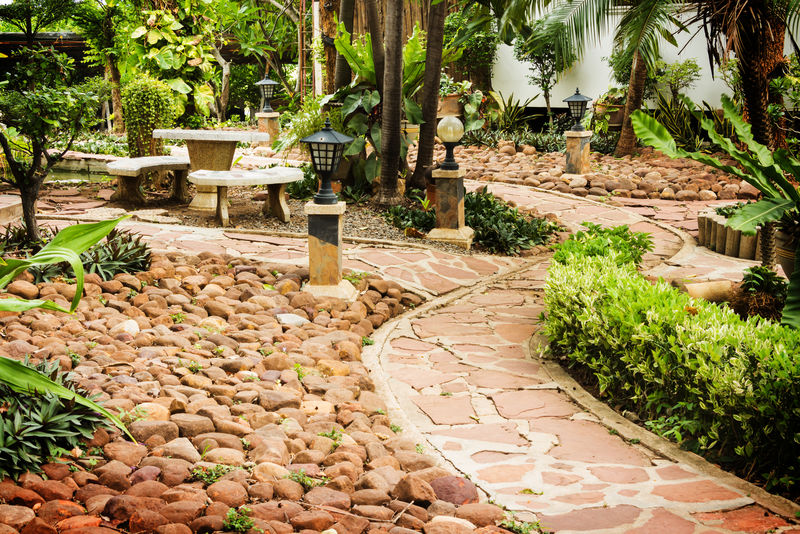Once you’re knee-deep in gardening, and sooner or later, you start thinking about sprucing up your garden path. With plenty of choices – wood, stone, plate, concrete – there’s a whole bunch to consider. Now, let’s kick things off with a beginner-friendly guide on how to pave a concrete path in your garden. But hold up, this ain’t your regular, plain concrete. We’re talking about a path that not only does the job but also shows off your style, adding a bit of flair.

Before we get our hands dirty, let’s tackle the basics.
Why on earth would you want to make a garden path?
Well, take a moment to think about your daily routine. How often do you follow the same routes—to the shed, the veggie patch, or that cozy bench under the tree? Bet you’ve got those paths down pat.
Now, let’s get a bit technical. Garden paths and walkways do more than merely connect spaces; they provide a transition from one area to another. Simultaneously, they play a pivotal role in defining spaces, bringing a sense of order and balance to your landscape. Intrigued yet? Join me as we explore the art of crafting a concrete path that’s not just practical but adds a touch of flair to your garden escape. Ready to dig in?

Alright, let’s tackle the first question.
How wide should a garden path be?
When it comes to garden paths, here’s a nugget of wisdom: make it, at the very least, as wide as a wheelbarrow. Because, let’s face it, how else are you going to smoothly transport that compost and mulch to your precious garden?
Some folks argue it should be broad enough for a leisurely stroll side-by-side with someone. But, truth be told, the ideal width depends on the path’s length and destination. A standard three feet usually suffices for a main garden path, but hey, if you’ve got ample space, you can stretch that to a roomy five feet.
What do you need to prepare?
Let’s delve into the specifics using a 4-feet-wide and 7-meter-long path as our example. For this endeavor, you’ll want to gather:
- 6 bags of 25kg each of concrete
- A concrete sidewalk mold
- An array of colors tailored to your preference.
These essentials pave the way for a concrete adventure that not only promises durability but also invites creativity into the mix.
Crafting your garden path in 5 simple steps
Now, let’s explore the step-by-step process of turning these raw materials into a beautifully crafted path that complements your space.
